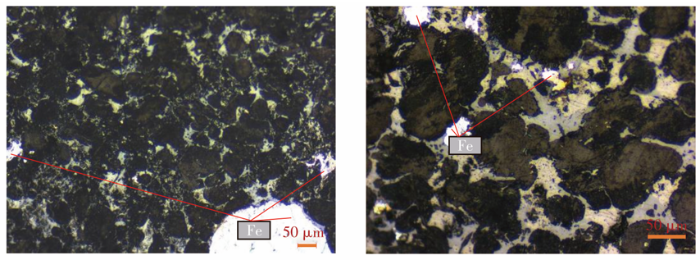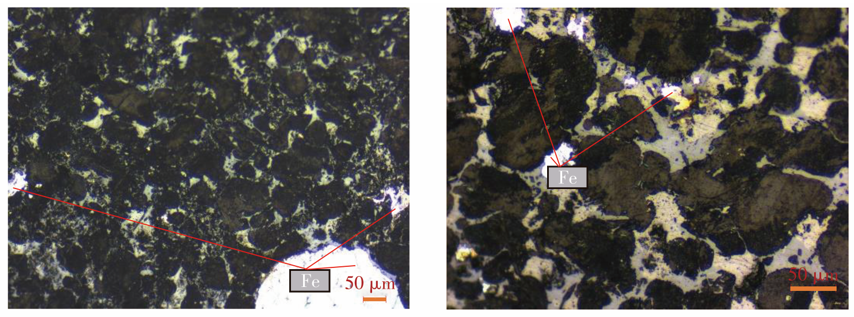Journal of South China University of Technology(Natural Science Edition) ›› 2024, Vol. 52 ›› Issue (10): 76-86.doi: 10.12141/j.issn.1000-565X.240151
• Materials Science & Technology • Previous Articles Next Articles
Iron Occurrence State of Steel Slag Under Different Treatment Processes and Its Influence on the Yield of Magnetic Separation Powder and the Cementitious Activity of Tailings
YIN Suhong1( ), ZENG Lisha1, LIANG Kang2, LIU Shangyue2, LÜ Ziyang3, LÜ Qilong3
), ZENG Lisha1, LIANG Kang2, LIU Shangyue2, LÜ Ziyang3, LÜ Qilong3
- 1.School of Materials Science and Engineering, South China University of Technology, Guangzhou 510640, Guangdong, China
2.Liuzhou Steel Environmental Protection Co. , Ltd. , Liuzhou 545002, Guangxi, China
3.Jiangxi Jinji New Material Co. , Ltd. , Yichun 331100, Jiangxi, China

























